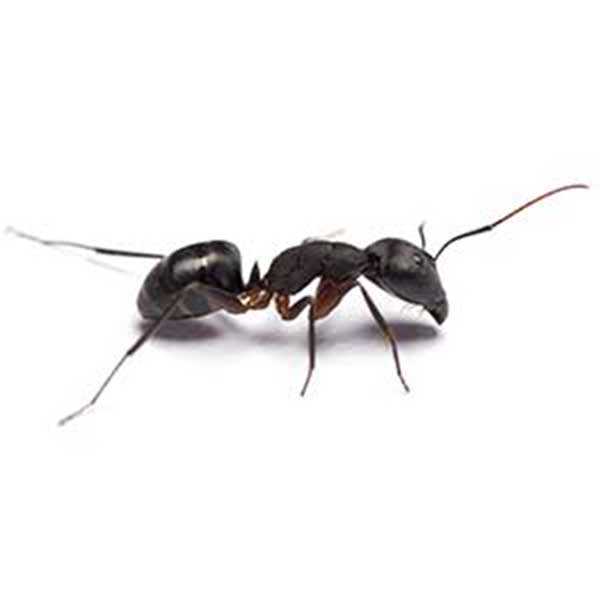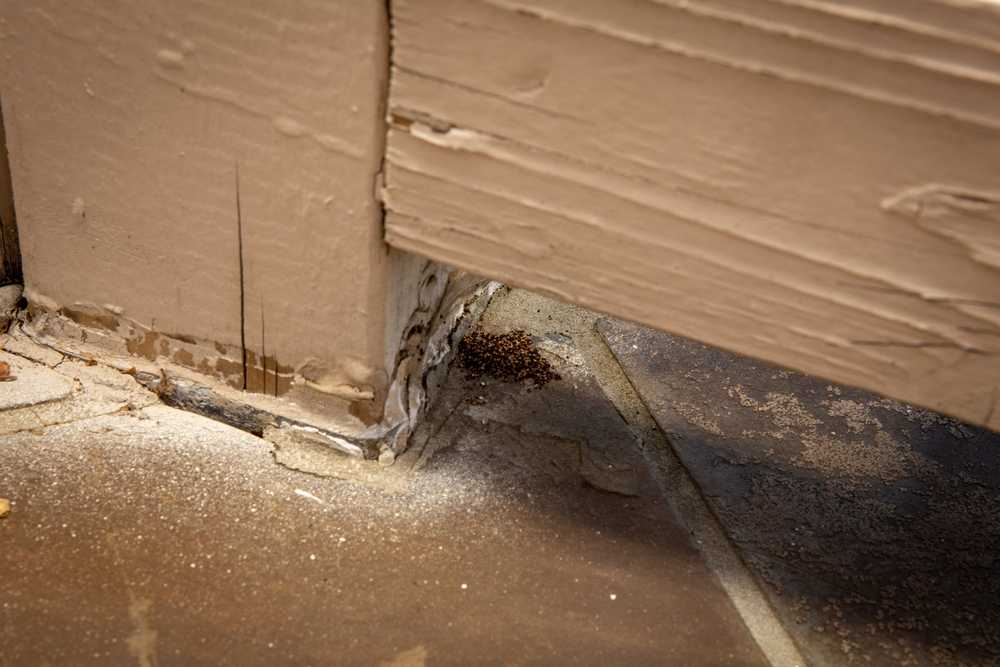Odorous Ants
"*" indicates required fields
Odorous Ants
Treatments for this pest are included in these services:
For odorous house ant control, it is crucial to enlist the help of a professional. Preventing odorous house ants indefinitely is not a realistic expectation; however, keeping good sanitation and managing garbage areas/food locations is very important. Elimination of standing water, reduction of clutter, and trimming back of vegetation are all great preventative steps you can take for odorous house ants and other pests.
If you have an odorous house ant infestation, it is important to understand that managing the problem can be a process. These are not easy or simple pests to manage, which is why hiring a pest professional with a firm understanding of the ants and their biology is important to long-term eradication of odorous house ants from the home. Our technicians can provide the expertise, the experience, and a wide array of tools to get the job done right.
Odorous Ant Habits
Odorous house ants are very difficult to control because of their social behaviors. They have adapted to live in a wide variety of climates and environments, and commonly nest in sand, pastures, fields, forests, houses, and under stones or logs. They have also been found to nest under existing animal nests and under stumps or dead trees. Workers will collect honeydew from aphids and other insects and will actually protect them from other predators (they recognize that these insects provide a food source and are therefore worthy of protection). They will also eat a variety of foods, but tend to be more attracted to sweeter substances.
Because odorous house ants will have multiple queens within a colony, they will often separate (or “bud”) away from the main colony to start up a separate colony. They may do this by themselves, or they will often leave with other worker ants. This makes predicting their movements and behaviors difficult.
Worker odorous house ants can move very quickly, and when they are alarmed or perceive a threat, they will move erratically and release an alarm pheromone (this pheromone smells to many like coconut). When this pheromone is released, it acts as a signal to other ants that there is a threat and the “budding” behavior of evading attack intensifies. This also makes control difficult.
Odorous Ant Damage
Odorous house ants are not a structure-destroying pest in that they do not affect the wood or other features of a structure. However, many odorous house ant colonies will grow rapidly within a residential environment because of the ready availability of food and water sources. Their biology and behaviors contribute to a pest that will literally infest any area of the home, from the attic to the crawl space (or anywhere in between). We have found odorous house ant colonies inside of electronic devices, living in insulation, and in other areas that you might not anticipate. They are the most significant and bothersome nuisance pest that is frequently found in the region.
Biology of Odorous Ants
Odorous house ants are distributed throughout the United States, Canada, and Mexico. They are dark brown to black in appearance, and are fairly small in size (about 3 millimeters in length). All workers are the same size, and odorous house ant colonies can consist of multiple queen ants.



